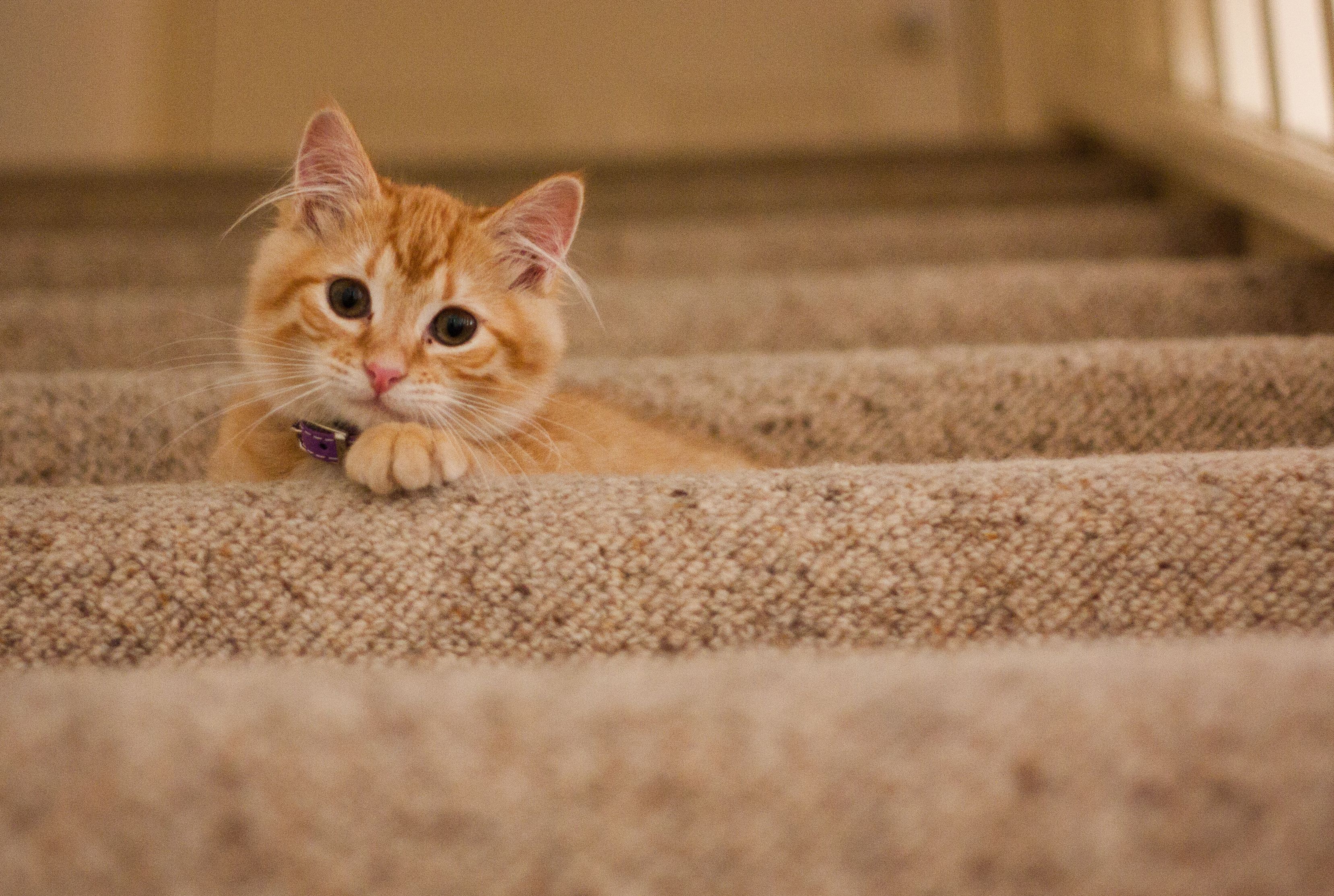If passed during the hearing on November 13, Denver will become the first city outside of California to ban the cruel practice, and it certainly won’t be the last — other states, such as New Jersey and New York, are pushing for similar bills.
There are many reasons people choose to have their cats declawed. Protecting furniture and preventing scratching are among the top reasons, and the procedure seems like a harmless, quick way to avoid such issues.
But as it turns out, declawing, or onychectomy, is far from a simple nail trimming. It actually causes more damage to your feline friend than you might think.

Pexels.com
According to the Humane Society of the United States, declawing makes cats more likely to bite and less likely to use their litter boxes. It can also lead to physical problems for your cat in the long run.
The surgery itself is no manicure. Not only is the cartilage nail severed off, but by scalpel, guillotine clipper, or laser, the third phalanx bone of the toe is amputated, which can lead to lameness, infection, and other health issues.
People often opt to declaw to try to avoid infection from scratches; however, the procedure can lead to more aggression, and cats will turn to biting.
The risk of infection from a bite is much higher than that from a scratch. In fact, the fleas on your cat are more likely to give you an infection than a scratch is!
Although cats are portrayed to have mischievous personalities, the revenge they may appear to be enacting on your upholstery is nothing more than their way to stretch, mark territory, and keep their nails in good condition.

Pexels.com
Luckily, there are ways to keep your favorite couch in pristine condition without hurting your kitty! The American Association of Feline Practitioners recommends that you begin training your cat to use a scratching post, routinely trim her claws, and even temporarily use synthetic nail caps.







